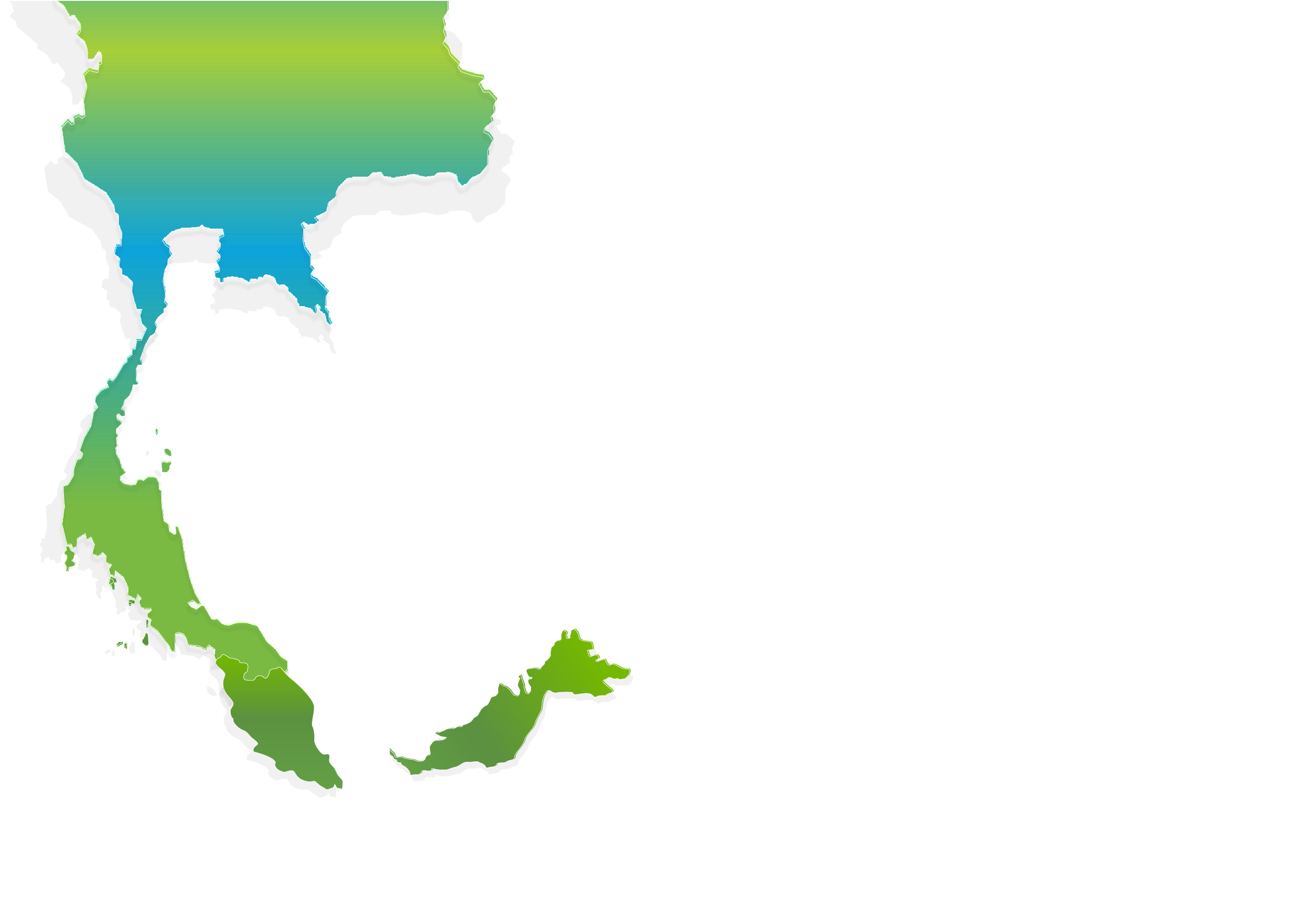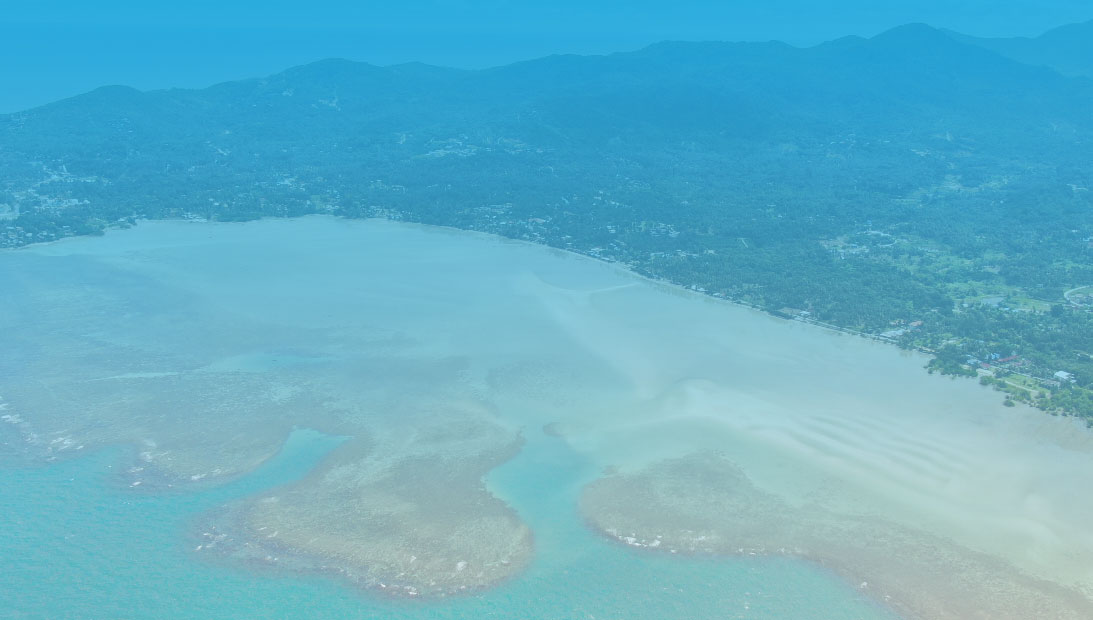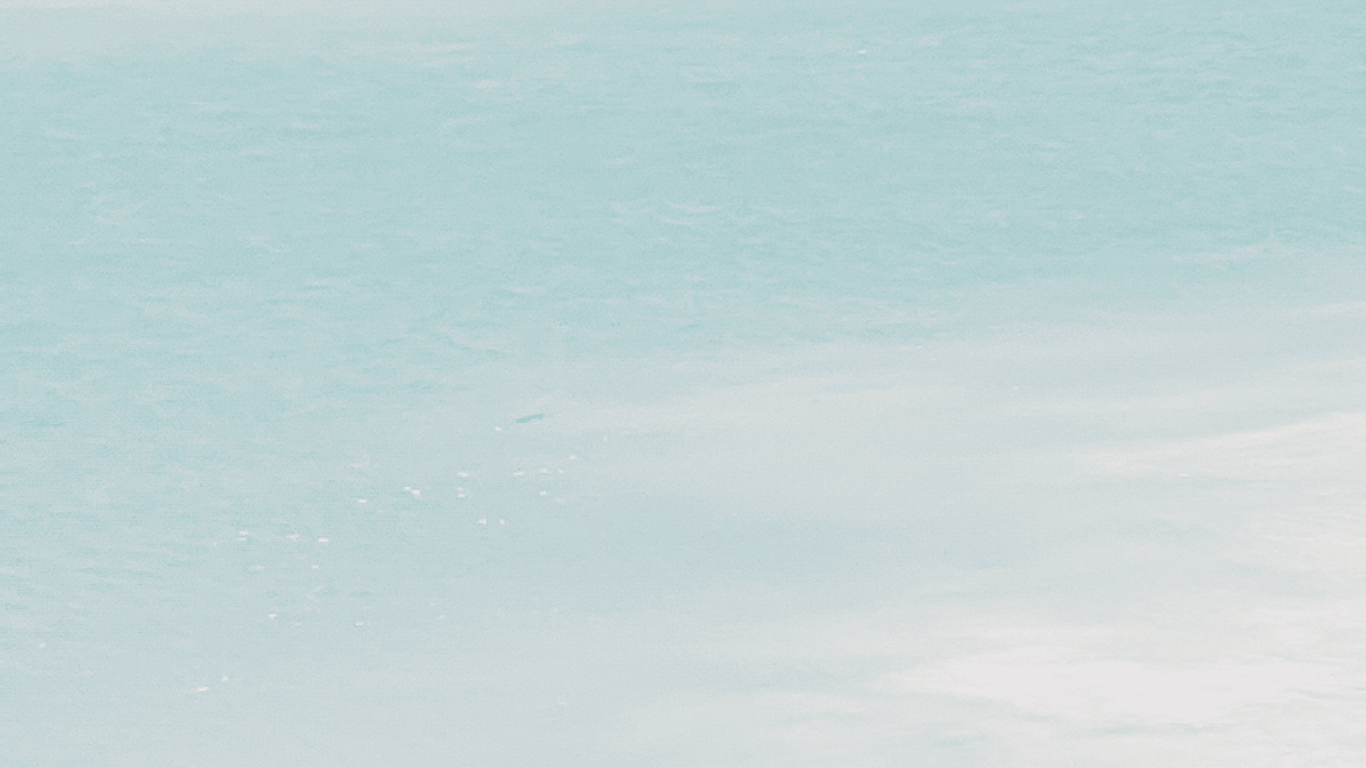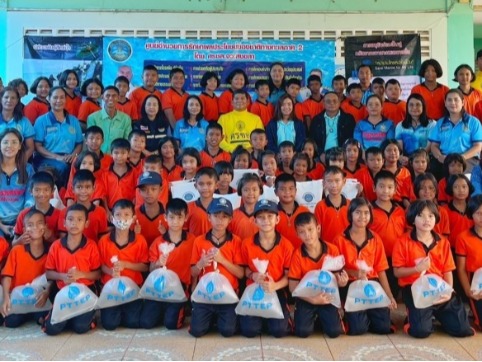Net Positive Impact on ocean Biodiversity & Ecosystem Services (BES) value for all offshore operations by 2030, compared to 2019 base year

50% increase of income of focused communities by 2030,
compared to baseline data before PTTEP project implementation
16,000 conservation networks
by 2030











